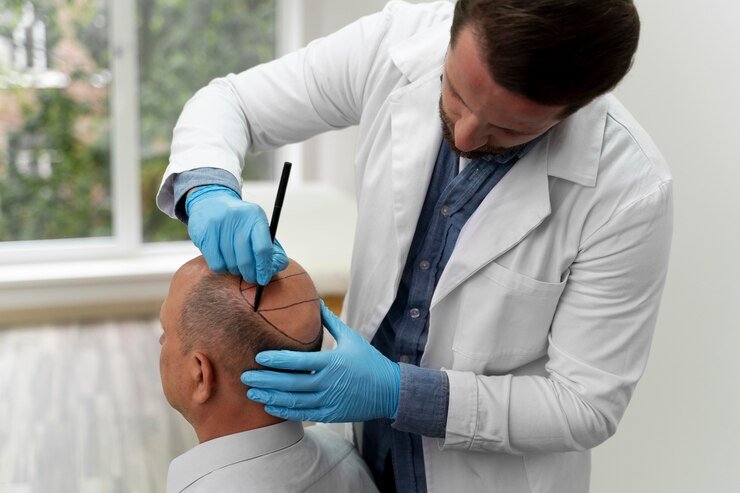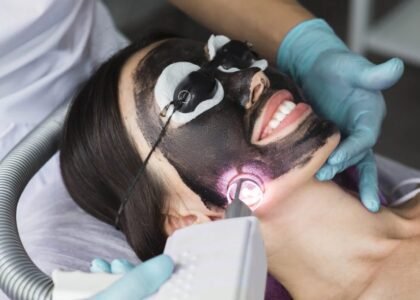Hair transplants have emerged as a reliable and transformative solution for those struggling with hair loss. The procedure involves relocating healthy hair follicles from one part of the scalp (usually the back or sides) to thinning or bald areas. The objective is to restore natural-looking hair density and improve self-confidence. When it comes to Male Hair Transplant in Dubai, men from diverse ethnic backgrounds and skin types seek this procedure. This raises a key question: is this solution suitable for every skin type? Let’s explore the safety and effectiveness of hair transplants for different skin types, including considerations and risks.
Skin Types and Hair Transplant Compatibility
The Fitzpatrick Skin Type Scale is a common classification system used in dermatology, ranging from Type I (very fair skin) to Type VI (deeply pigmented dark brown or black skin). Each skin type responds differently to trauma, healing, and pigmentation changes, which makes this scale relevant when assessing transplant procedures.
Healing Response and Skin Sensitivity
Healing varies with skin type. For instance, individuals with lighter skin (Type I or II) may have a faster initial healing process and less visible scarring. In contrast, darker skin types (Type V and VI) may be more prone to pigmentation issues or keloid formation, a condition where scars grow excessively. It’s crucial to understand that these risks are not prohibitive but manageable with the right surgical techniques and aftercare. An experienced medical team will assess skin sensitivity, healing tendencies, and medical history to tailor the procedure accordingly.
Common Concerns for Darker Skin Types
One concern often raised is the possibility of post-inflammatory hyperpigmentation (PIH) or keloid scarring. PIH refers to the temporary darkening of the skin in the treated area, more common in people with melanin-rich skin. However, the occurrence of such side effects can be minimized through precision, gentle handling of follicles, and meticulous aftercare instructions. Moreover, keloid scars, while more likely in darker skin, are relatively rare with modern transplant methods like FUE, which uses small, circular punches that leave minimal scarring. As such, the risk of visible or raised scars is significantly reduced.
Importance of Pre-Procedure Evaluation
Before undergoing a hair transplant, patients undergo a detailed evaluation. This includes assessing hair density in donor areas, skin elasticity, overall scalp condition, and underlying health conditions. These factors influence the technique chosen and the number of grafts required. A comprehensive consultation ensures that any unique challenges posed by the patient’s skin type are identified and managed appropriately. It’s also an opportunity to discuss previous skin reactions, allergies, or tendencies for unusual scar formation.
Hair Texture and Graft Success
Hair texture also influences transplant success. Coarse or curly hair, more common among men with darker skin tones, often yields better coverage with fewer grafts due to the hair’s volume. However, curly hair can be more challenging to extract and implant without damage. Skilled professionals adapt their tools and techniques to protect the integrity of each follicle.
Addressing Psychological Concerns
Hair loss can affect self-esteem and body image. For many, hair transplantation is more than a cosmetic procedure—it is a way to restore confidence. However, concerns about safety due to skin type may create hesitation. These concerns are valid but can be addressed through education and a tailored medical approach.
Conclusion
Advancements in hair transplant techniques have made the procedure a safe and viable solution for individuals of all skin types. From the initial consultation to post-operative care, every step is now tailored to meet individual skin and hair needs. Whether dealing with lighter or darker skin, the key to success lies in customization, professional care, and diligent aftercare.






